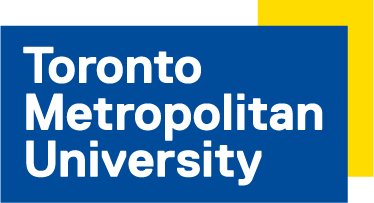Collaborative Research
Collaborators
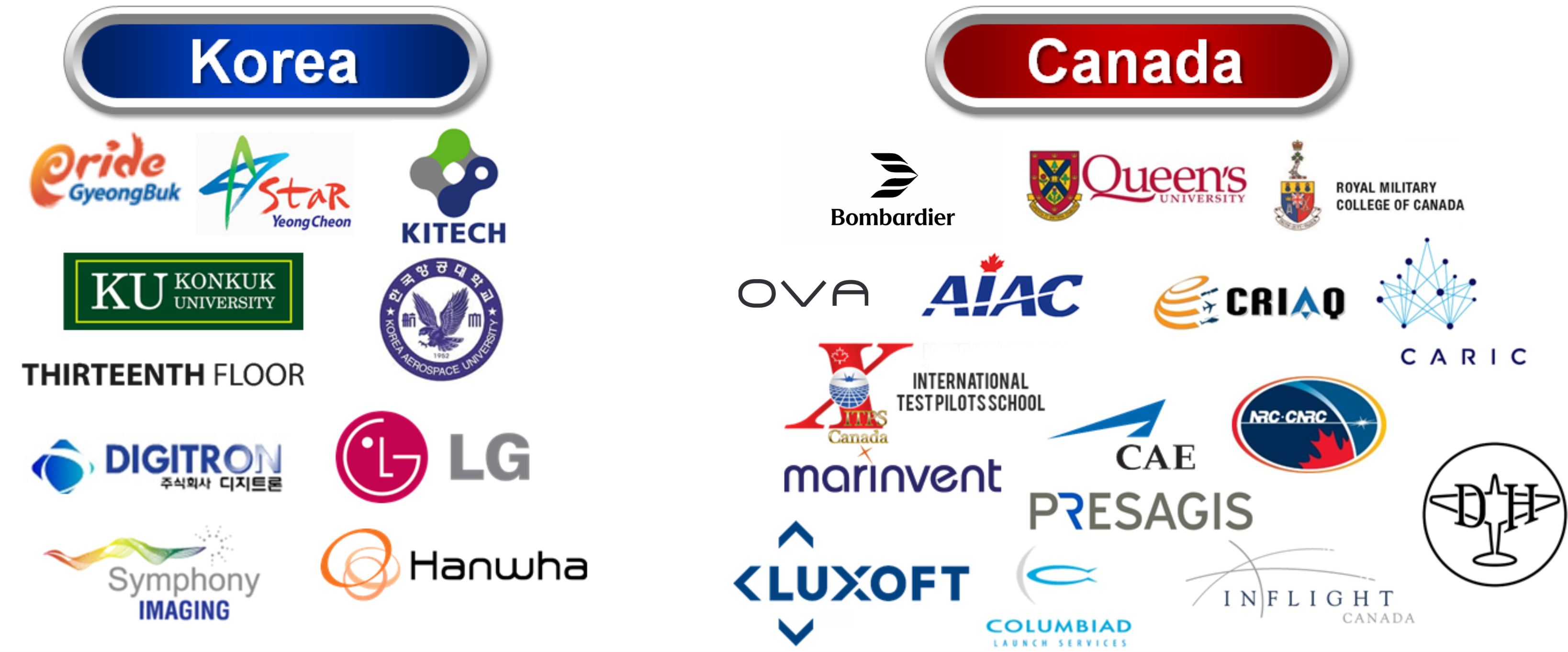
MIMS lab works with various collaborators, including industries and universities in South Korea and Canada, in order to accomplish research challenges in different fields.
Collaborative Projects
Experimental Aerodynamics for Flapping wings - Korea Aerospace University
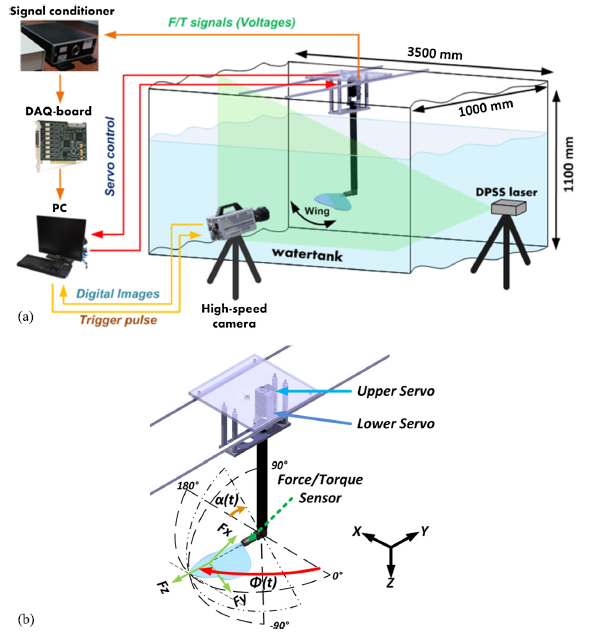
Experimental setup: (a) Scheme of force/torque and DPIV measurements (b) Motion coordinates (Ryu et al., 2016)
Korea Aerospace University (KAU) has studied the flapping flights such as insects, birds, and bats through various experiments, including wind tunnel tests and water tank tests. The above figure shows the experimental setup to measure aerodynamic force and flow structures during flapping insect wing models in a water tank. Along with the aerodynamic characteristics, the flow visualizations can provide how the insects generate aerodynamic force and what specific unsteady features they have. In particular, MIMS lab has collaborated with KAU in order to study the effect of flexible wing on vortex structures and the corresponded aerodynamic characteristics during flapping.
KUKA Robot-based Flight Simulation - Creative Technology Laboratory (CTL)
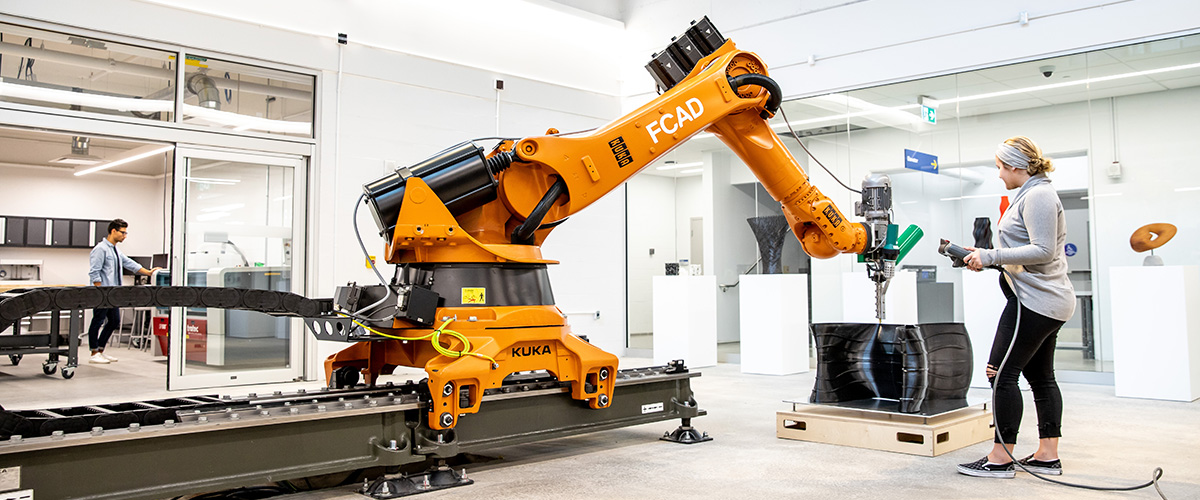
figure from CTL
We are presently working with the Faculty of Communication and Design and Creative Technology Lab (CTL) to develop a new type of simulator that is capable of generating motion replicating both fixed-wing and rotary-wing aircraft.
Our collaboration with the CTL will encompass two different projects:
1) An AR-based tutorial deployed on the HoloLens to teach new students and trainees on how to use the KUKA KR 150 robot system in the CTL. It will be used to teach students where to find the necessary equipment as well as how to operate the system.
2) Development of a full-motion simulation that will be fitted with an end-of-arm chair as well VR headset which will allow a pilot to visualize flight as well as control the system through a HOTAS system.
Enhanced Ground/Air Control Station equipped with an Advanced Virtual Reality (VR) Headset - Columbiad Launch Services

figure from Columbiad Launch Services
An enhanced ground/air control station (GACS) equipped with an advanced virtual reality (VR) head-mounted display (HMD) is presented for long-range applications where beyond the line of sight (BLOS) operations are of interest. Such an advanced portable system is important to lower pilot workload and increase situational awareness. The proposed enhanced GACS will be developed to robust BLOS flight operations in satellite-denied environments at stratospheric altitudes. The VR-HMD simulators will allow pilots to accomplish a sizeable portion of real flight tests with the same data transmission techniques in a simulated environment. Consequently, the new GACS will allow the operator to accomplish the goal of “from simulated training to actual flight with a single united system”.
Modeling and Simulation of Direct Pipe System - Queen's University
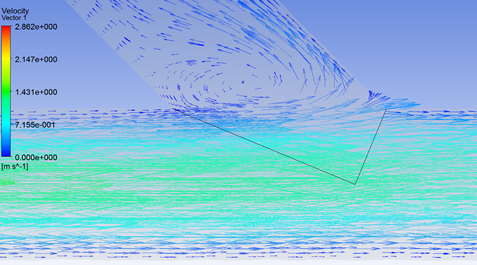
Velocity vector plot at a joint of graft and 2nd artey
The effect of Sequential Anastomosis in Coronary Artery Bypass Grafting using a computational fluid dynamics simulation study. The obejective of this project is to implement the numerical investigation to evaluate the effect of sequential grafting on a flow dynamics in a stenosed native coronary arteries.
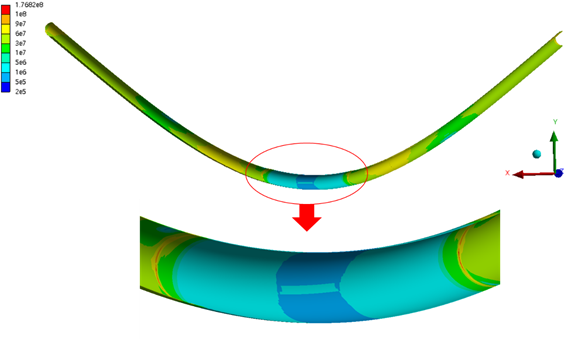
Stress Distributions on the pipe
In addition, we have studied the nonlinear pipe-soil interaction for a buried pipe crossing river installed by the direct pipe mehtod. For understanding the performance of the pipeline installed by the direct pipe, the pipeline can be analyzed by various kinds of surrounding soils.
Go back to Research
